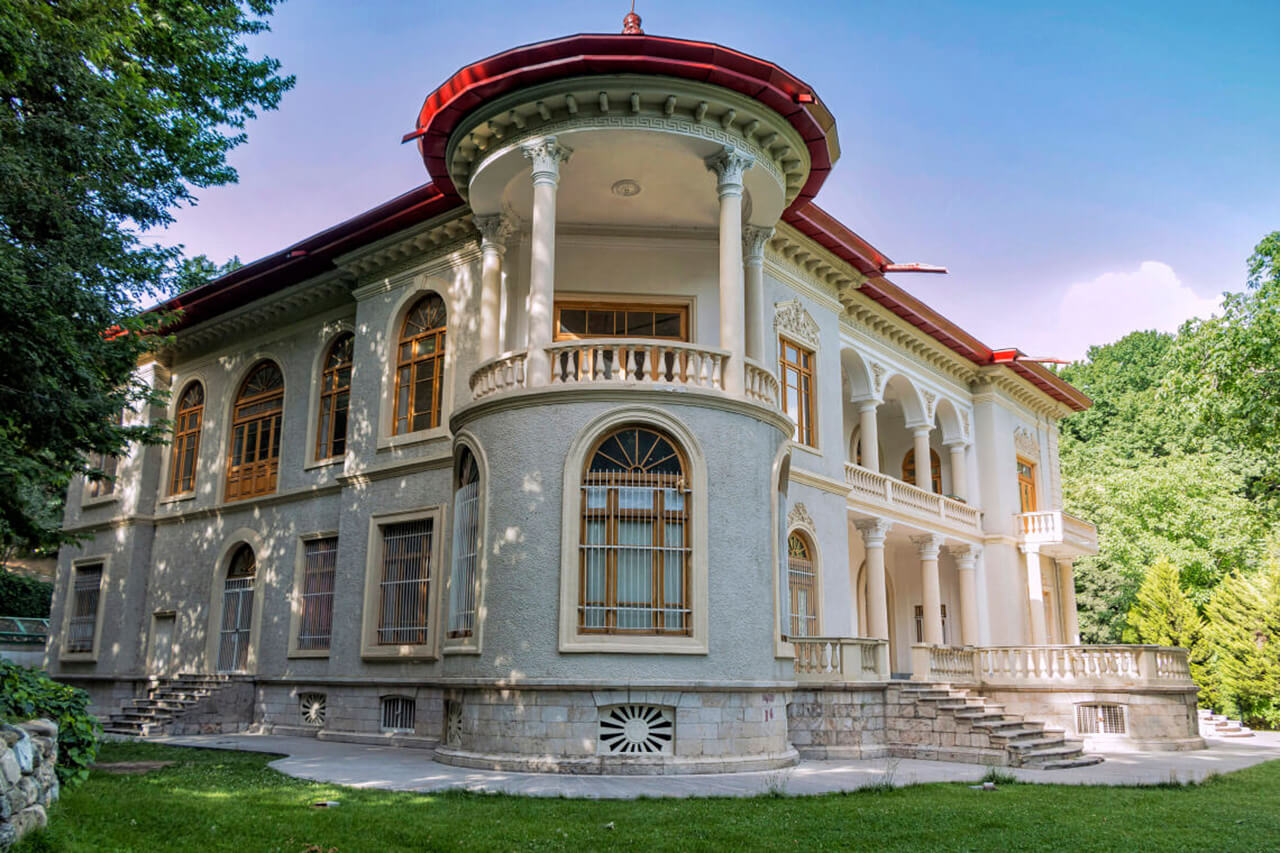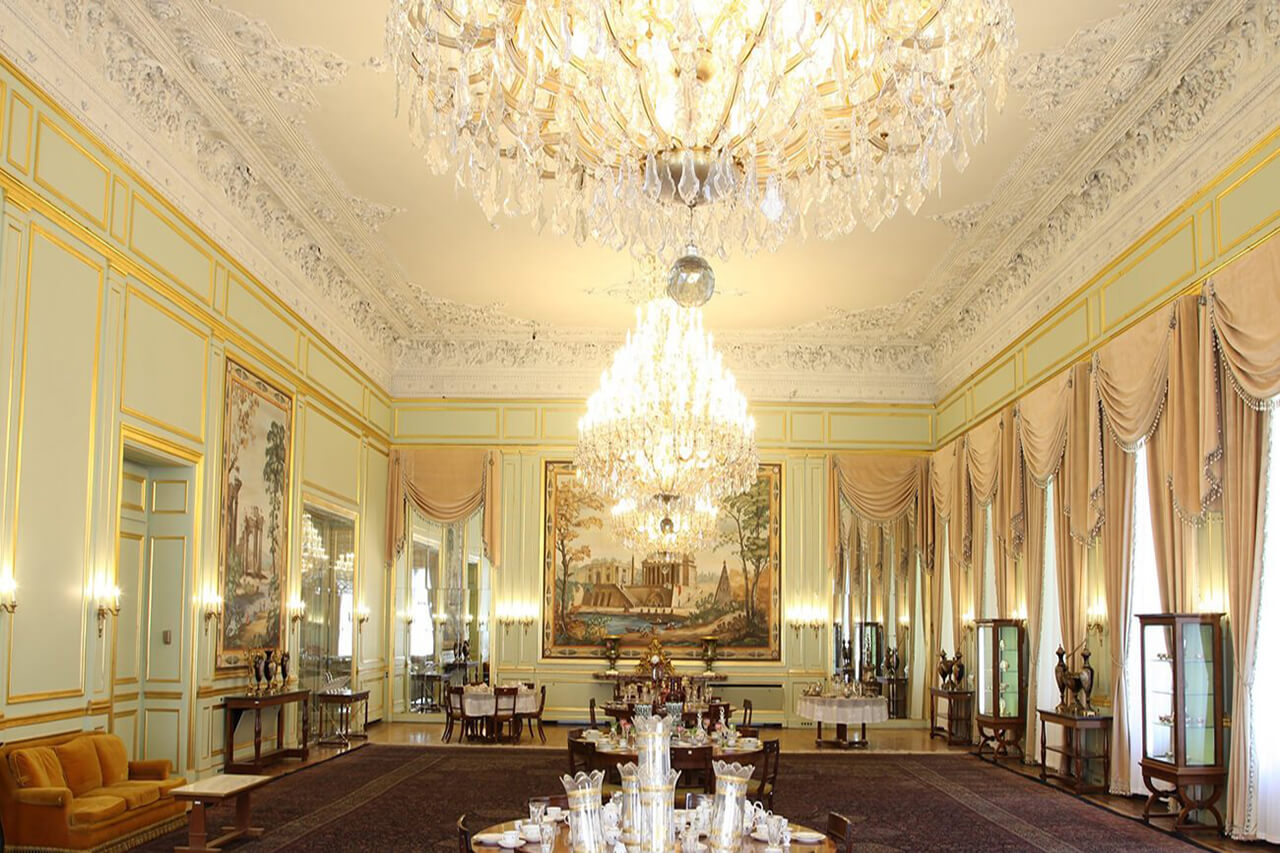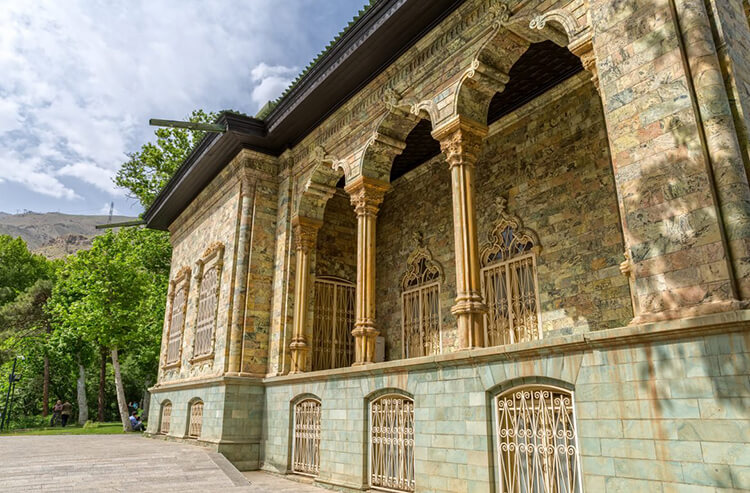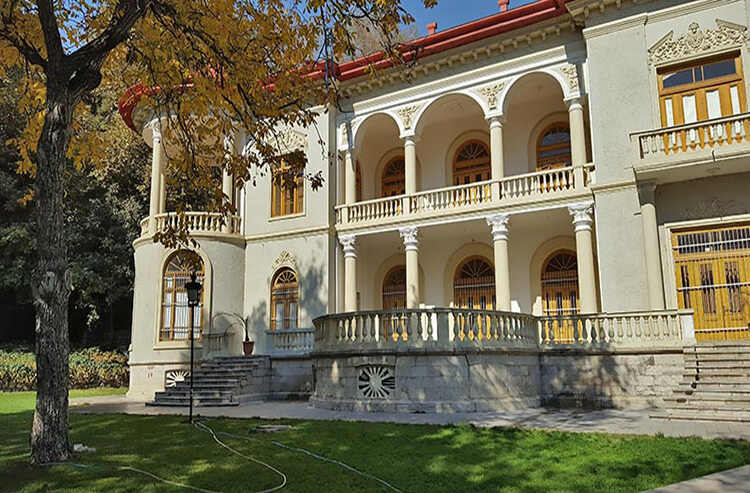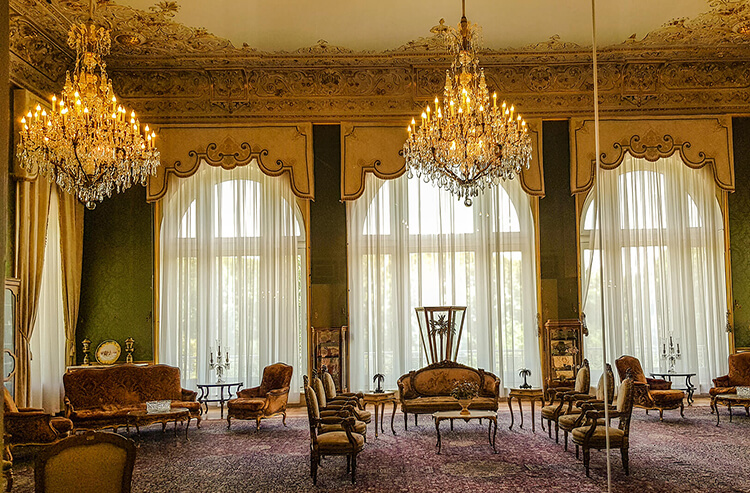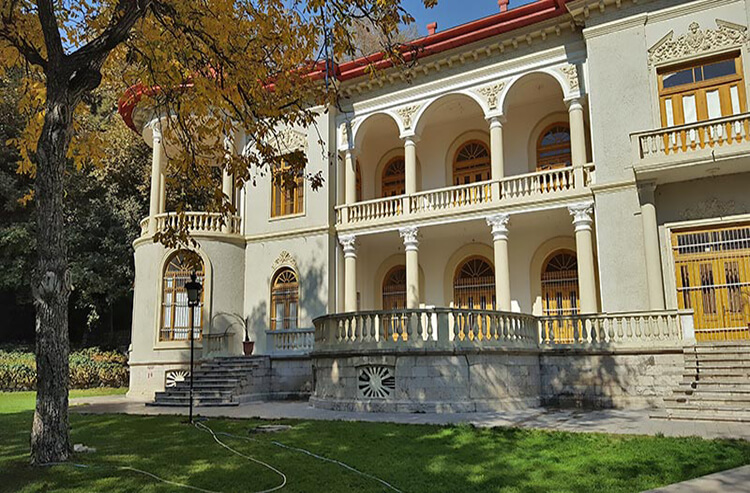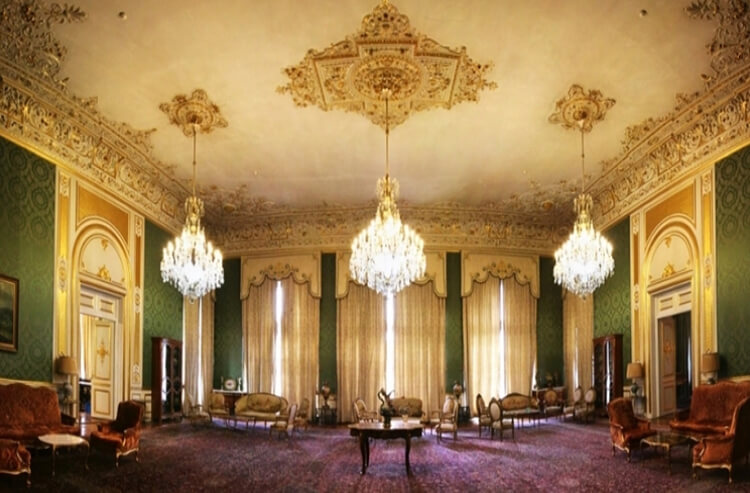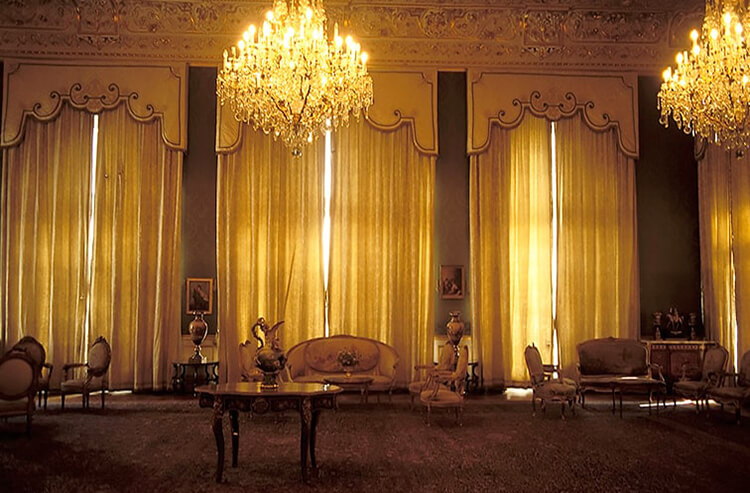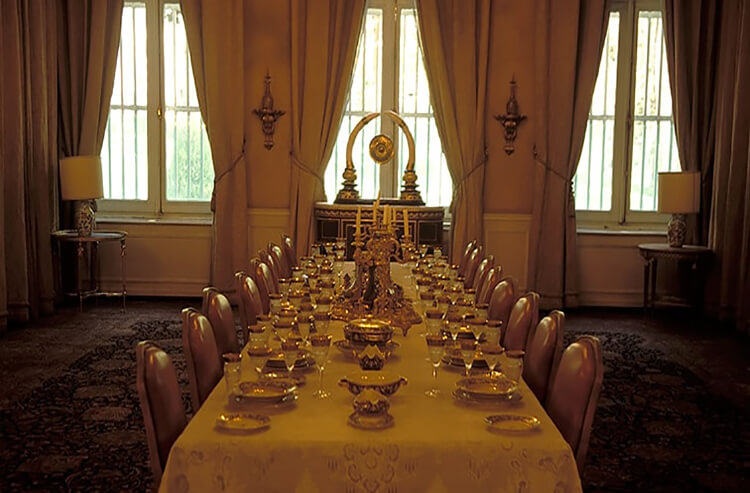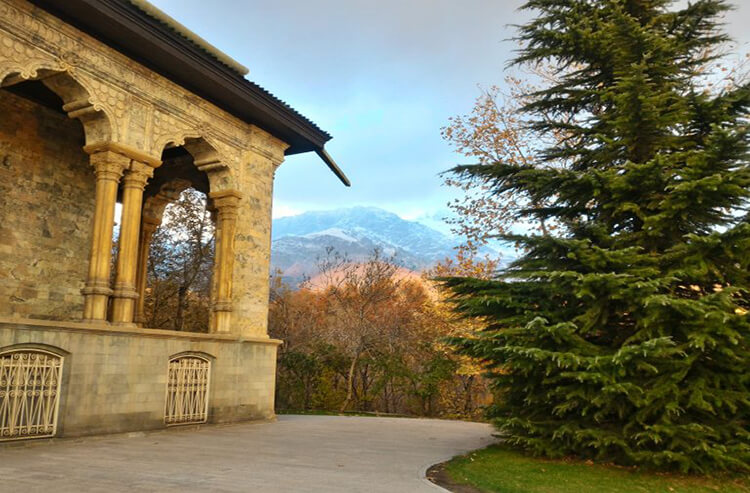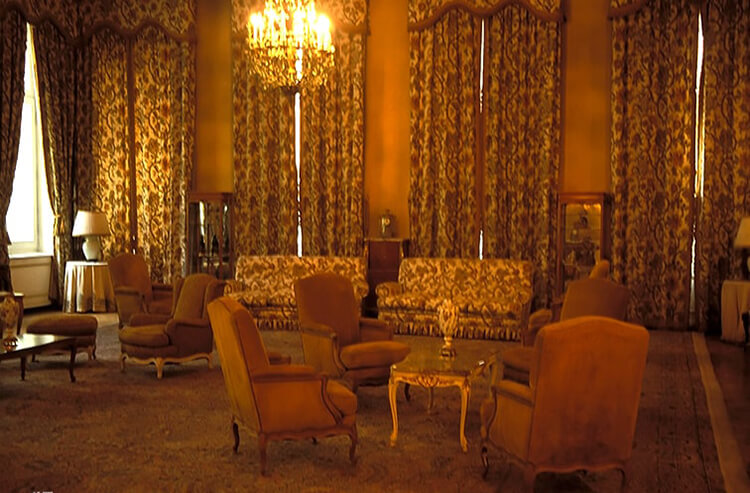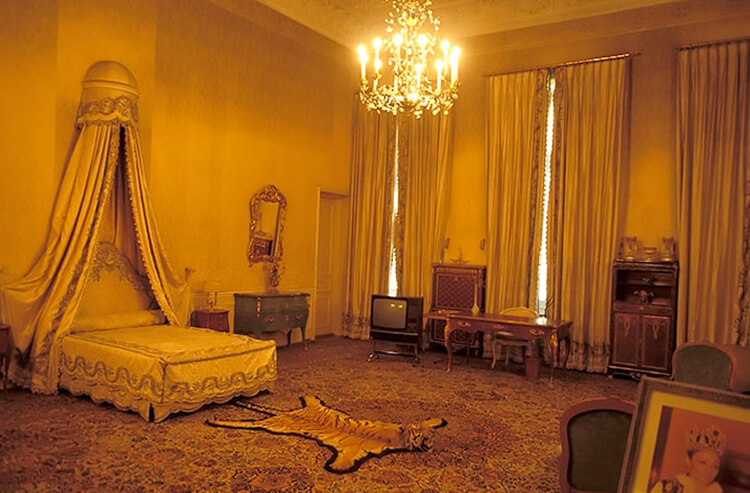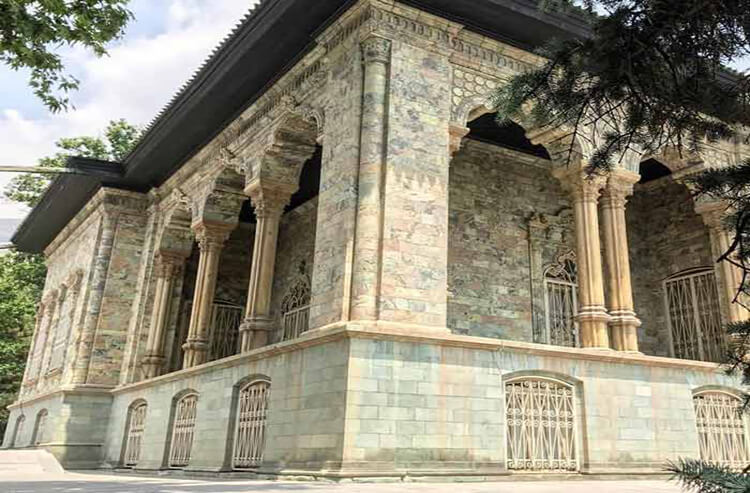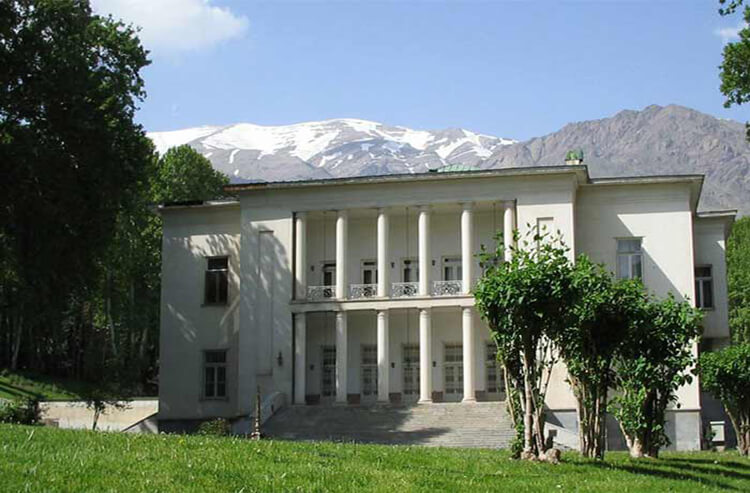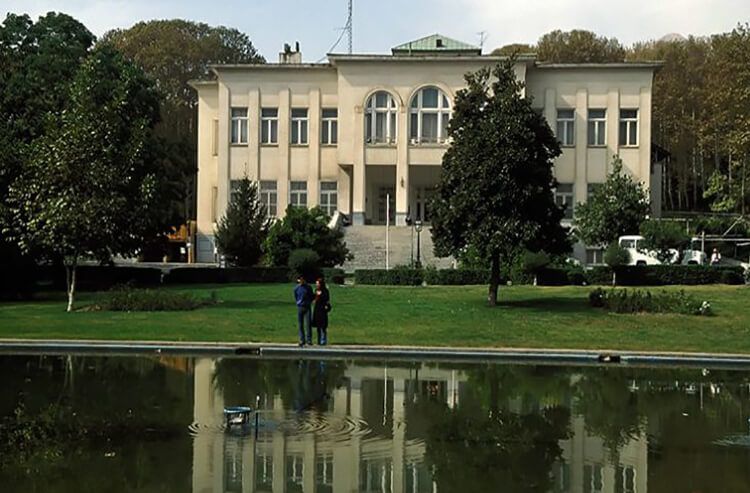Sa'adabad Complex
History of Sa'adabad Complex
Sa’dabad Complex is a majestic museum on the north of Tehran, the prominent heritage of Qajar Era. Built in 19th century, the complex consists of several palaces, as well as forests, streets and museums. The general area of the complex is more than 1 sq.km. Museums exposition covers different aspects of Iranian mythology, art and culture, and is a complex introduction into Iranian history and life of the last Shahs of Iran in 19th and 20th centuries.
About Sa'adabad Complex
The complex includes 18 buildings, 10 of them are opened for public. 4 of the buildings are at the disposal of presidency organization, 3 buildings host administration of the complex. Two most noteworthy buildings are White Palace (Palace of the Nation) and Green Palace (Shahvand Palace). White Palace was built in the early 1930s by Reza Pahlavi and served as a summer residence. Outside the building, there is a piece left of Shah Reza’s monument. Now the palace displays furniture, decorations, paintings, and carpets in the same state as they were during the reign of Shah Reza. Green Palace was built during the last years of Qajar era and rebuilt by Shah Reza. He used it as a residence for his guests and a place for receptions. Green Palace shows more classical decoration and architecture, with the luxury of mirror mosaics and carpets. Other buildings of the complex are various museums. Here you can enjoy works of art from different places of the world, oil paintings of Safavid, Afshar, Zand, and Qajar periods, Hossein Behzad and Klara Abkar painted miniatures and Iranian calligraphy. Other museums introduce luxury cars, royal clothes, Iranian military outfits of different periods and Iranian lifestyle and agriculture.
There are 10 museums open to the public as follow:
1. Green palace: It is the first palace built in the complex during Pahlavi dynasty by Reza Shah’s order. The building is called green palace because of the color of its facade. The palace is a very nice museum of Persian arts like mirror marquetry, carpets, and illumination and plaster work. It was served as Mohammad Reza’s private palace where some private meetings were held before the Islamic Revolution.
2. White palace (Nation’s palace): This is the main palace of sa’adabad palace and the largest mansion in this collection. In two stories, different small and large rooms were served as residence and office of Reza Shah Pahlavi and his son. Rooms were used as sitting room, waiting room, reception hall, dinning hall and bedroom. There are some works of art like figurines and chinaware are kept in showcases. Furniture, chandeliers and paintings are European made. There are four big mural painting the subjects of which are Iranian myths.
3. Nations’ museum: This collection consists of various works of art purchased from other countries and represents the civilizations of pre-Islam Iranian, African, Indian, far east, Eskimos, Mayas and contemporary arts of Iranian as well as non-Iranian artists.
4. Fine arts museum: The major part of the paintings in this collection are the oil paintings of Safavid, Afshar, Zand and Qajar periods collected by Mohammad Reza Pahlavi’s last wife, Farah, from an English collectioner called Harold Emmer. The paintings have been arranged on 3 floors: 1) First floor, teahouse painting by contemporary Iranian artists, 2) second floor, various historical periods paintings mentioned above, and 3) Third floor, European works presented to Farah or bought by her.
5. Behzad museum: This museum is devoted to the miniatures painted by Hossein Behzad (1895-1968) who made a revolution in Iranian painting. Studying European art and being inspired by Kamal-ed-din Behzad and Reza Abbasy, he introduced a new style of miniature on paper, hard paper or fiberboard. This style is purely Iranian, but it has kept on with its contemporary paces and changes of art in universal art schools.
6. Abkar museum: The miniatures in this museum are works of a 20th century artist called Klara Abkar who had her particular style in painting. Her source of inspiration was the rich Iranian literature and mysticism. Her works take the visitors to a world of spirituality and a poem-like or light-music-like harmony that give everyone’s eyes peace and tranquility.
7. Mir Emad museum: The main subject of this museum is the most prominent post-Islam Iranian art namely calligraphy. On paper and parchment, there are plenty of various calligraphic styles of writing belonging to 10th to 19th centuries. Mir Emad, himself, the most well known 18th century’s calligrapher, has been introduced by his works. In some cases, some calligraphy-related arts like illumination, painting, etc are exhibited.
8. Museum of anthropology: The lifestyle and customs of Iranians through the history are displayed from cultural perspective. In a vast area and of two floors, various objects are exhibited like tools for irrigation, agriculture, husbandry, fishing and hunting as well as agricultural documents, clothes, lighting tools and handicrafts.
9. Water museum: This museum in an exhibition of ancient and traditional techniques and instruments for water supplement and distribution. Various water-related vernacular structures are introduced like water reservoirs and traditional icehouses. Some ancient water dams and royal orders concerning them are presented as well.
10. Military museum: the objects of the museum are displayed on two floors. The military uniforms of Achaemenians up to the present time are exhibited. The weaponry on display consists of some unsophisticated ones used in the ancient times until the firearms period’s. Part of the history of Iraqi-imposed war against Iran (1980-1988) is also exposed to visitors.
.
